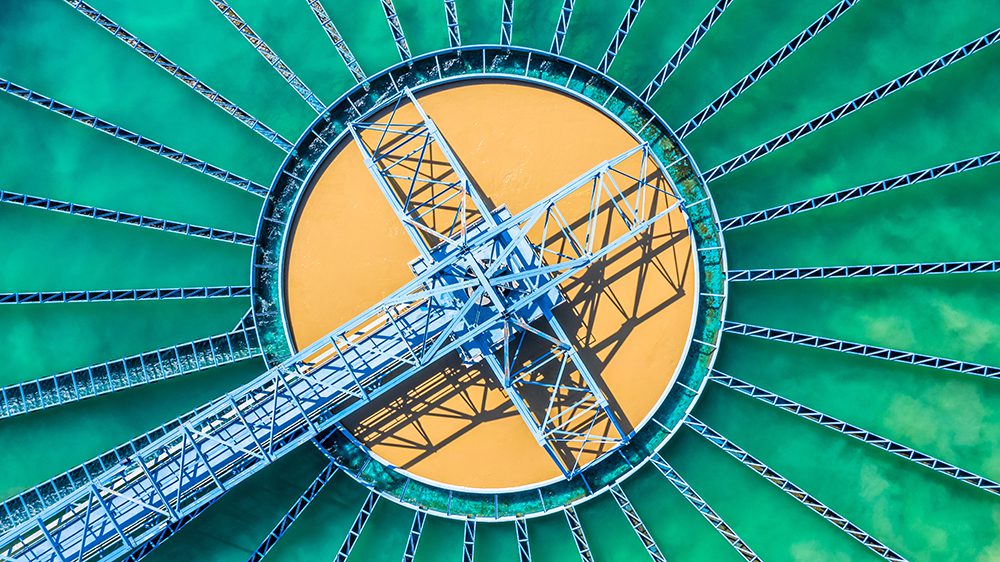Solid-Liquid Separation
Solid-liquid separation programs are needed for effluent treatment to comply with discharge requirements and prevent the build-up of solids in wastewater systems. There are several methods for industrial effluent treatment, including sedimentation, straining, flotation, and filtration.
Our solid-liquid separation technical support team averages over 25 years of field applications expertise with the following industrial effluent treatment technologies:
Simulation and Testing Capabilities
Chemical softening to remove calcium and magnesium hardness
Dissolved air flotation
Membrane filtration
Multimedia filtration
Paint detackification
Oily waste demulsification
Separators: centrifuges, cyclones, strainers, cartridge filters, cross-flow sieves, and electro-osmosis
Sedimentation and clarification
Sludge thickening and dewatering

The following constituents can be mitigated with effluent treatment
Suspended Solids
Although there is no hard and fast definition, suspended solids tend to be greater than 1–2 microns in size. Contaminants visible to the naked eye, they can generally be filtered out of the water using common filter paper. If the water is left to stand without being disturbed, the suspended solids will settle to the bottom of the container over time.
Dissolved Solids
Dissolved solids are not visible to the naked eye and cannot be removed from the water by filtration. The standard definition of dissolved solids is material generally smaller than 0.45 microns in size. There are two types of dissolved solids:
- Normally-Soluble Substances: Materials that become more soluble with increasing temperature, such as table salt or sugar. The hotter the water, the more of these materials will dissolve.
- Inversely-Soluble Substances: Normally referred to as hardness ions and generally limited to salts of calcium, magnesium, strontium, and barium in water treatment, these materials become less soluble as temperatures increase, hence their tendency to form scale on the hot surfaces of boiler or heat exchanger tubes. Water treatment would be a simple matter were it not for the inversely-soluble hardness salts.
Colloidal Solids
These are solids not quite small enough to be considered dissolved but not quite large enough to be considered suspended. Generally, colloidal materials will appear as a haze in the water, and distinct particles will not be visible with the naked eye. Colloidal materials are typically within the size range of approximately 0.45–2.0 microns. Colloidal solids do not settle out from the water because they are so small they are greatly affected by their ionic surface charges. Thus, a colloidal suspension in water is said to be a stable suspension.
Color is a type of colloidal suspension. Organic molecules that contribute color to raw surface water are simply macromolecules that fall into the smaller colloidal size range. In water, these macromolecules take on an ionic surface charge that stabilizes them so they cannot settle out.
